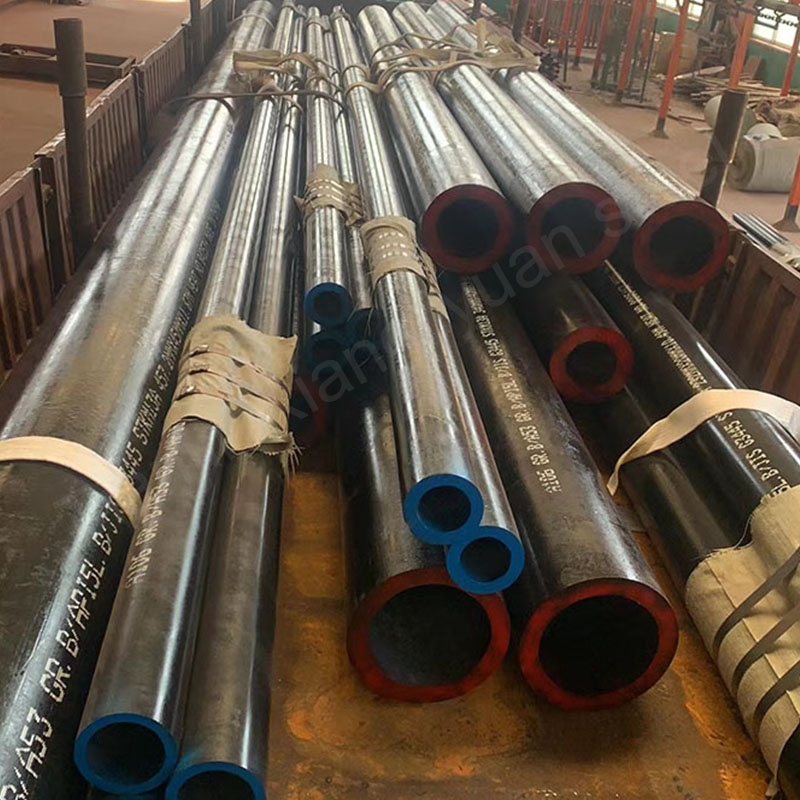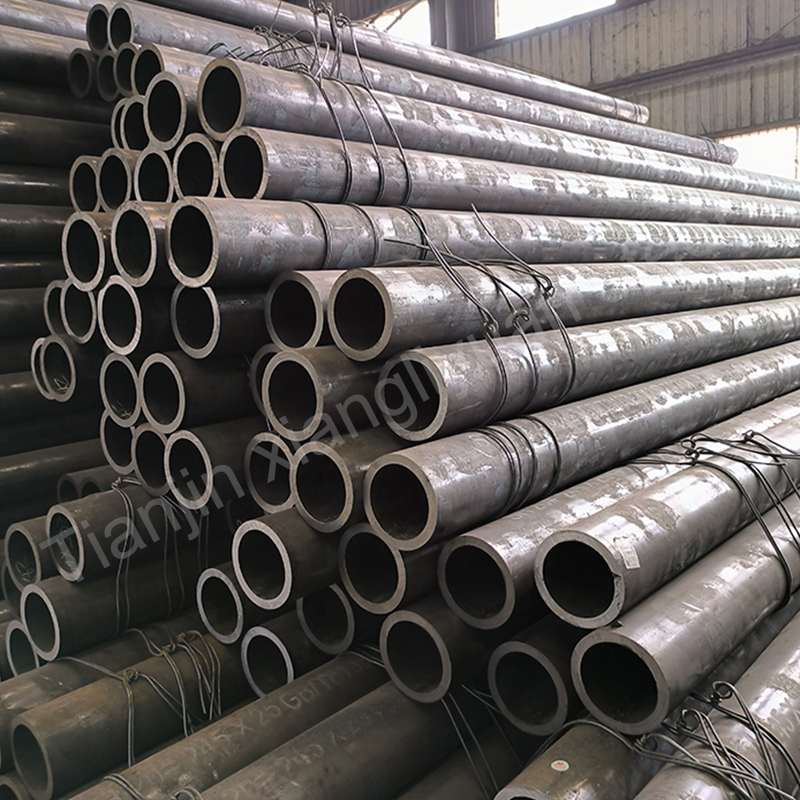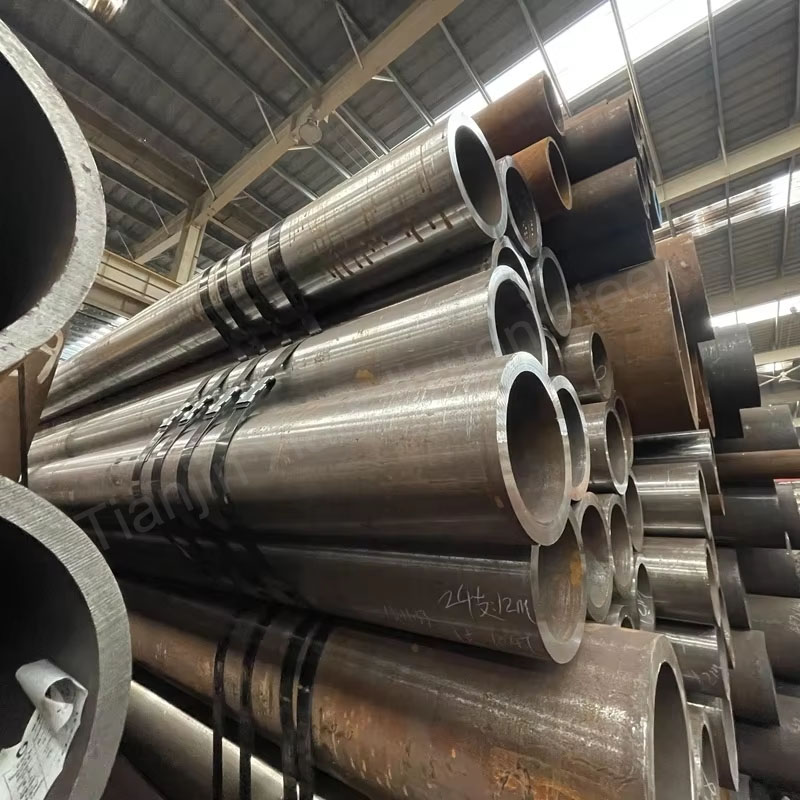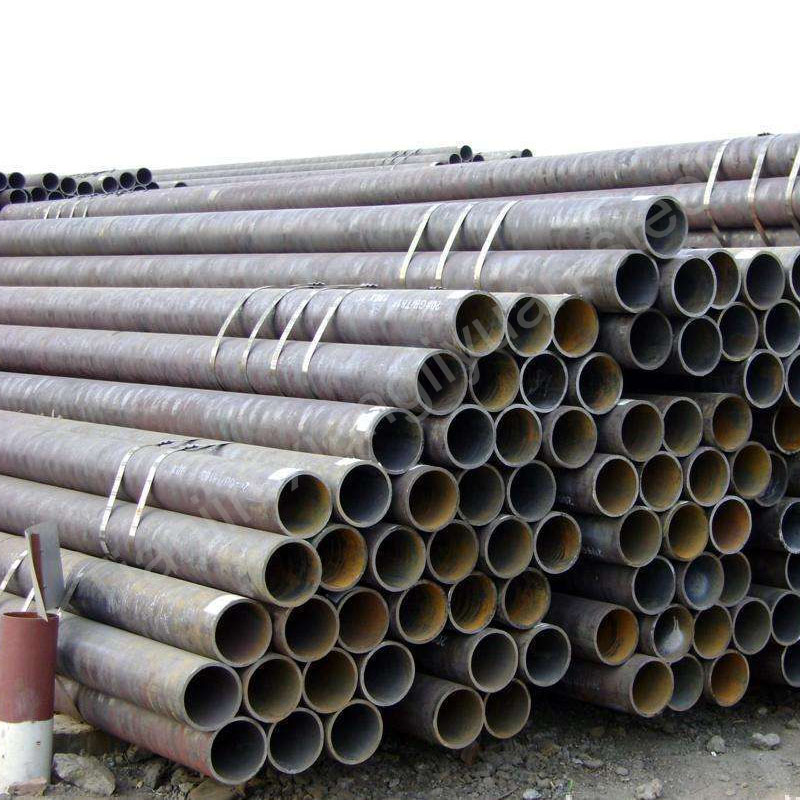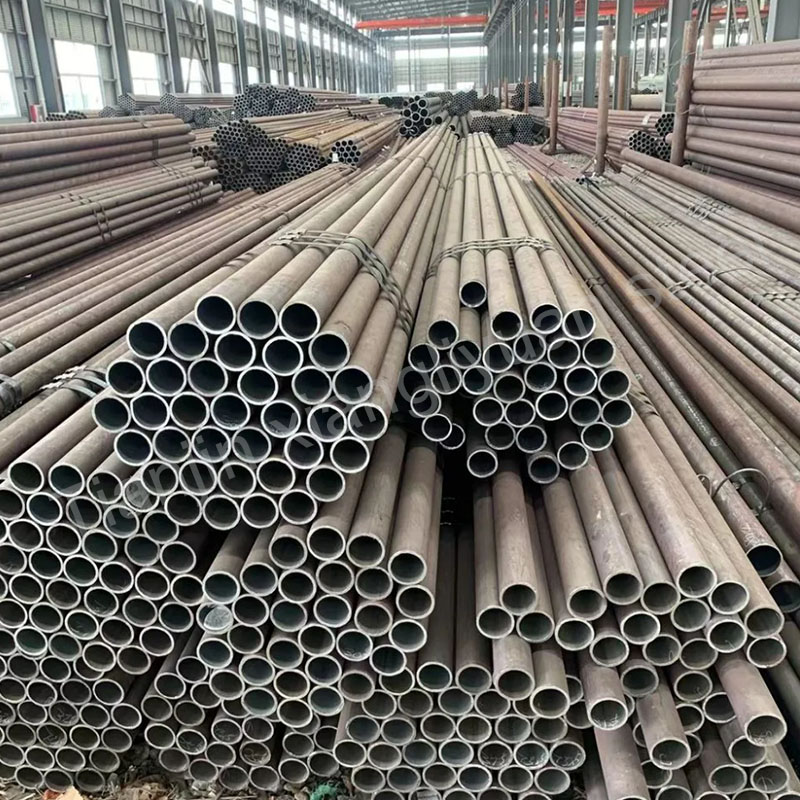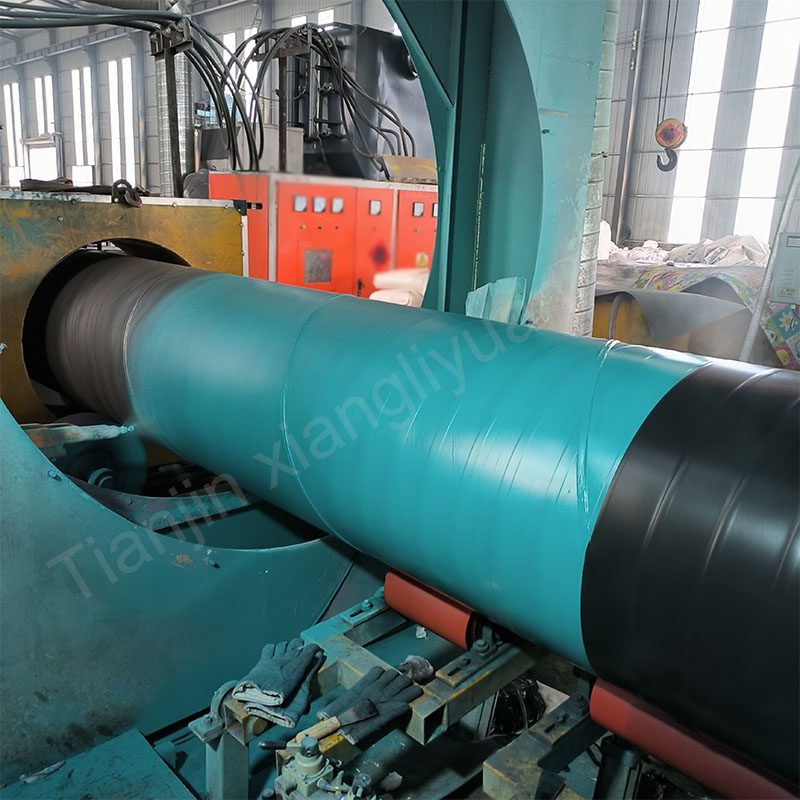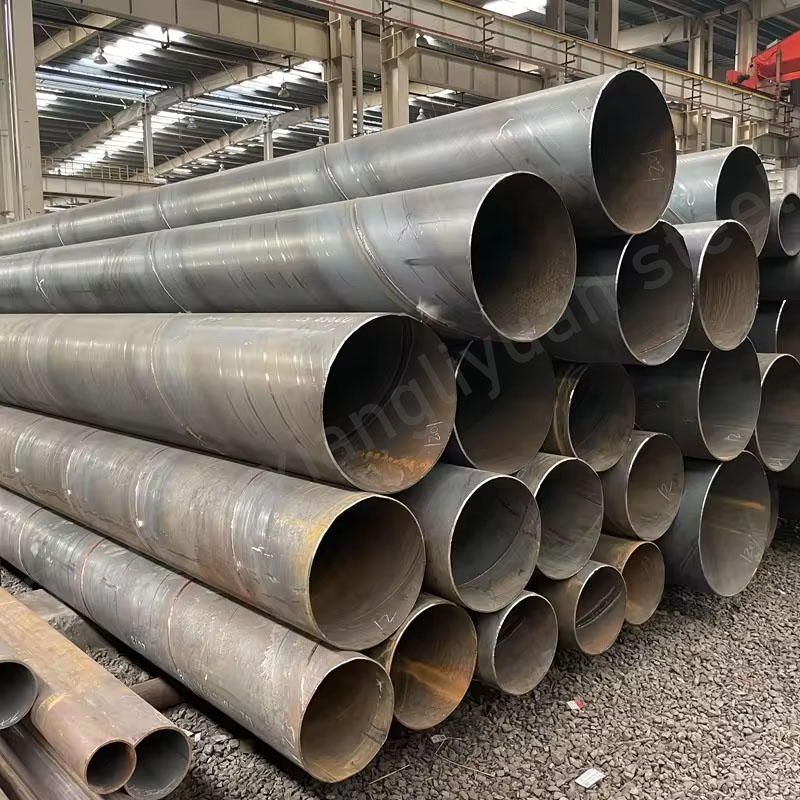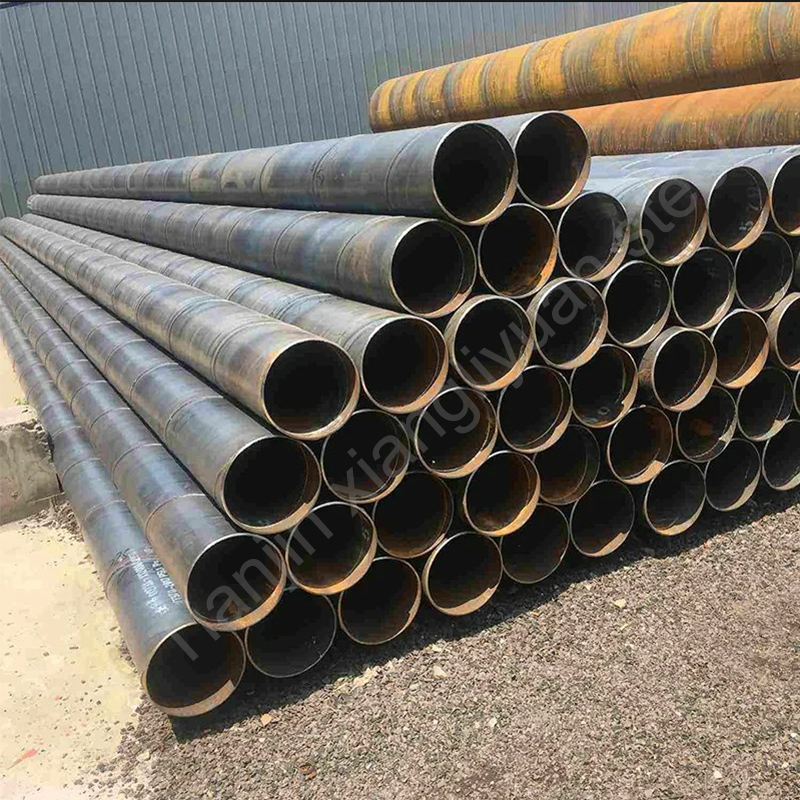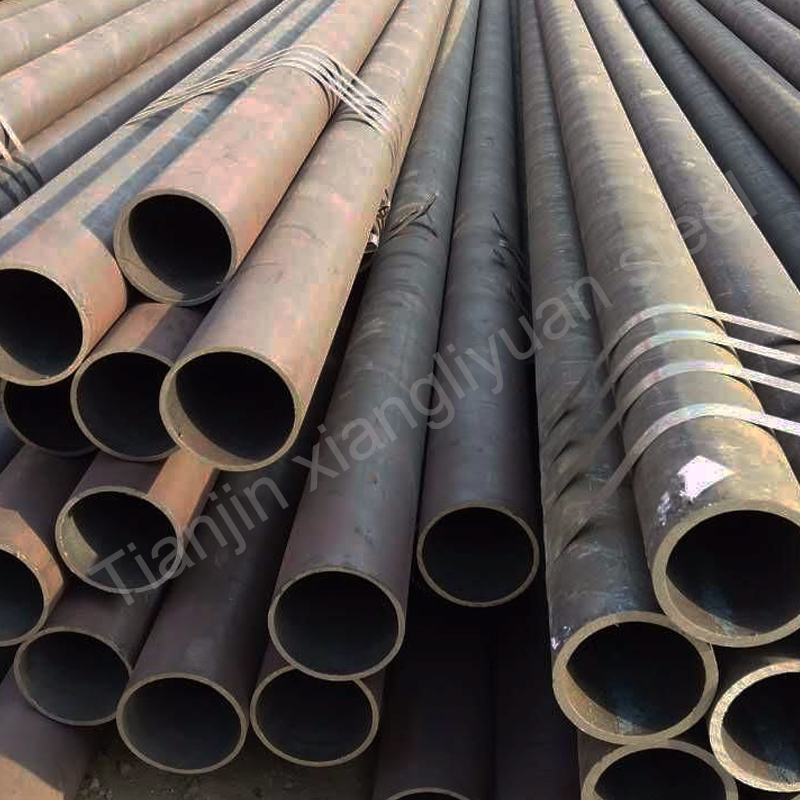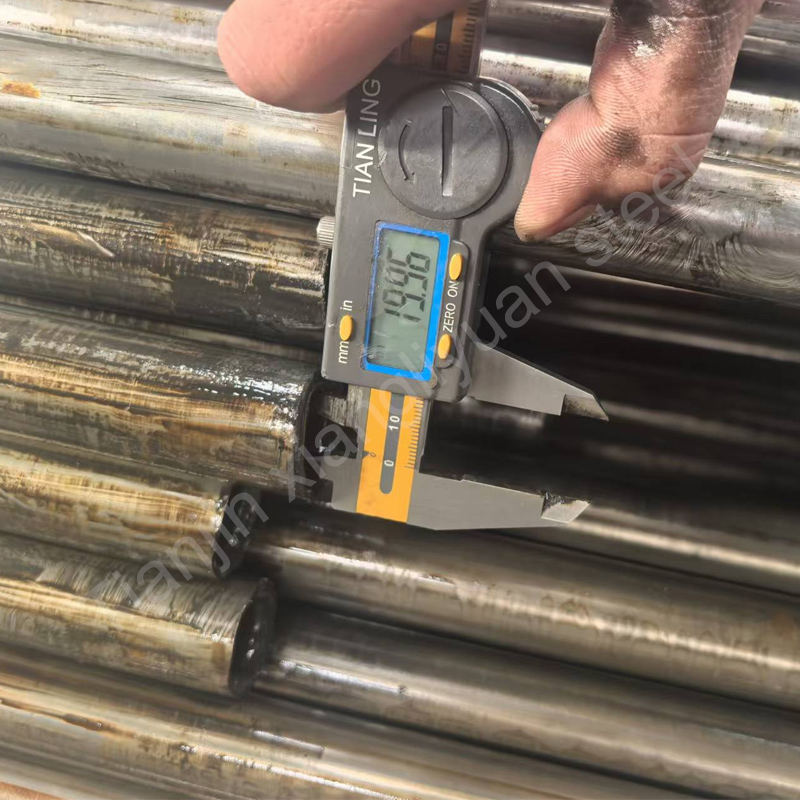The surface treatment methods for seamless steel pipes vary according to the purpose, use environment and performance requirements. Common surface treatment methods are mainly used to improve the corrosion resistance, wear resistance, aesthetics of steel pipes or meet special process requirements. The following are common
Seamless steel pipes have a variety of sizes and specifications. In order to meet the needs of different uses, there are usually multiple standard ranges in terms of outer diameter, wall thickness and length. 1. Common outer diameter range Small diameter seamless steel pipe: outer
Seamless steel pipes are a type of steel pipe without welds. They are widely used in many fields due to their excellent mechanical properties and pressure resistance. The following is a detailed introduction to the seamless steel pipe standards of major countries and regions: 1.
Common materials and steel grades for seamless steel pipes Depending on the material and purpose of seamless steel pipes, a variety of steel grades and materials are used to meet different technical requirements. The following is a classification of common seamless steel pipe materials and
Seamless steel pipe is a kind of steel pipe without welds. It is widely used in many fields due to its excellent mechanical properties and pressure resistance. The following is a detailed introduction to the seamless steel pipe standards of major countries and regions: 1.
Pickling 1. Use acid to remove impurities such as scale and rust on the surface of the steel pipe. After pickling, the surface of the steel pipe becomes smooth and suitable for further coating or plating. Sand blasting 1. Use high-speed sand flow to clean
The standards for welded steel pipes cover the respective specifications of different regions and countries to ensure the quality, safety and performance of the products. These standards are applied in major markets such as China, the United States, Europe and Japan. The following are common
The following lists the various materials commonly used for welded steel pipes, covering common international standards: 1. Carbon steel materials 1. Ordinary carbon structural steel: - Q195, Q215, Q235, Q255, Q275 (Chinese standard) - SS330, SS400, SS490, SS540 (Japanese standard JIS G3101) - ASTM A53
Hot-rolled carbon steel pipe is a basic material widely used in construction, machinery manufacturing, petrochemical and other industries. It uses carbon steel as the main raw material and is formed by hot rolling process. It has good mechanical properties and processing characteristics and is suitable
Cold-rolled carbon steel pipe is a carbon steel pipe product produced by cold rolling process. It has high precision and surface quality and is suitable for precision machinery, automobile manufacturing, construction and furniture industries. Compared with hot-rolled steel pipe, cold-rolled steel pipe has higher dimensional

